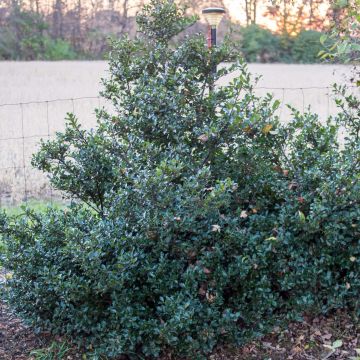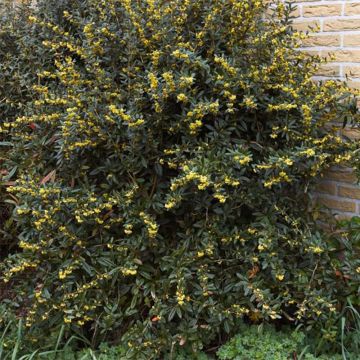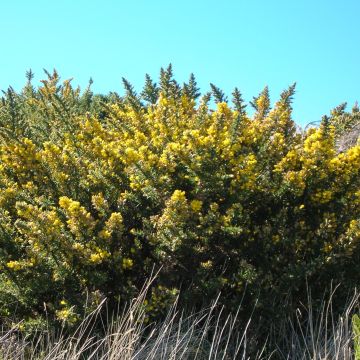Deterrent hedges
Does this plant fit my garden? Set up your Plantfit profile →
Available in 3 sizes
Available in 4 sizes
Available in 1 sizes
Available in 3 sizes
Available in 3 sizes
Available in 4 sizes
Available in 1 sizes
Available in 2 sizes
Available in 2 sizes
Available in 1 sizes
Available in 3 sizes
Available in 2 sizes
Available in 2 sizes
Available in 2 sizes
Available in 1 sizes
Available in 1 sizes
Available in 2 sizes
Available in 2 sizes
Available in 2 sizes
Available in 1 sizes
Available in 2 sizes
Available in 2 sizes
Available in 1 sizes
Available in 1 sizes
Available in 1 sizes
Available in 1 sizes
Available in 1 sizes
Available in 1 sizes
Available in 1 sizes
Available in 1 sizes
Available in 1 sizes
Available in 1 sizes
Available in 1 sizes
Available in 1 sizes
Available in 1 sizes
Available in 1 sizes
Available in 2 sizes
Available in 1 sizes
Available in 1 sizes
Available in 1 sizes
Available in 1 sizes
Available in 1 sizes

Available in 1 sizes
Available in 1 sizes
Available in 1 sizes
Available in 1 sizes
Available in 2 sizes
Available in 1 sizes
Available in 2 sizes
The defensive hedge, made up of impenetrable bushes due to their thorns like those found in Berberis and Pyracantha, their prickly leaves (found in Holly or Mahonia), or their tangled branches, is both dissuasive to intruders and welcoming to birds and small mammals that are beneficial to the garden, such as hedgehogs. It can also be very ornamental if you add shrub roses (Rosa rugosa...), Poncirus trifoliata, or Japanese quince. In order for it to fully serve its role as an impassable barrier, this hedge must reach a minimum height of 1.50m (5ft) for every 1m (3ft) in width. Space the plants 60 to 80cm (24 to 32in) apart, and optionally plant a second row offset by 80cm (32in) from the first.
It is interesting to combine evergreen shrubs, which retain their leaves even in winter, with deciduous shrubs. A ratio of one third evergreen species to two thirds deciduous is often recommended to prevent the hedge from being completely bare in winter. It should be dense from the base: prune your shrubs the year following planting. To keep it compact, prune every 3 years, although this may temporarily compromise flowering depending on the species and the time of year chosen for pruning. In these pages, you will find a wide selection of shrubs that will allow you to create a defensive hedge that is both effective and ornamental according to your desires.
Haven't found what you were looking for?










































































































